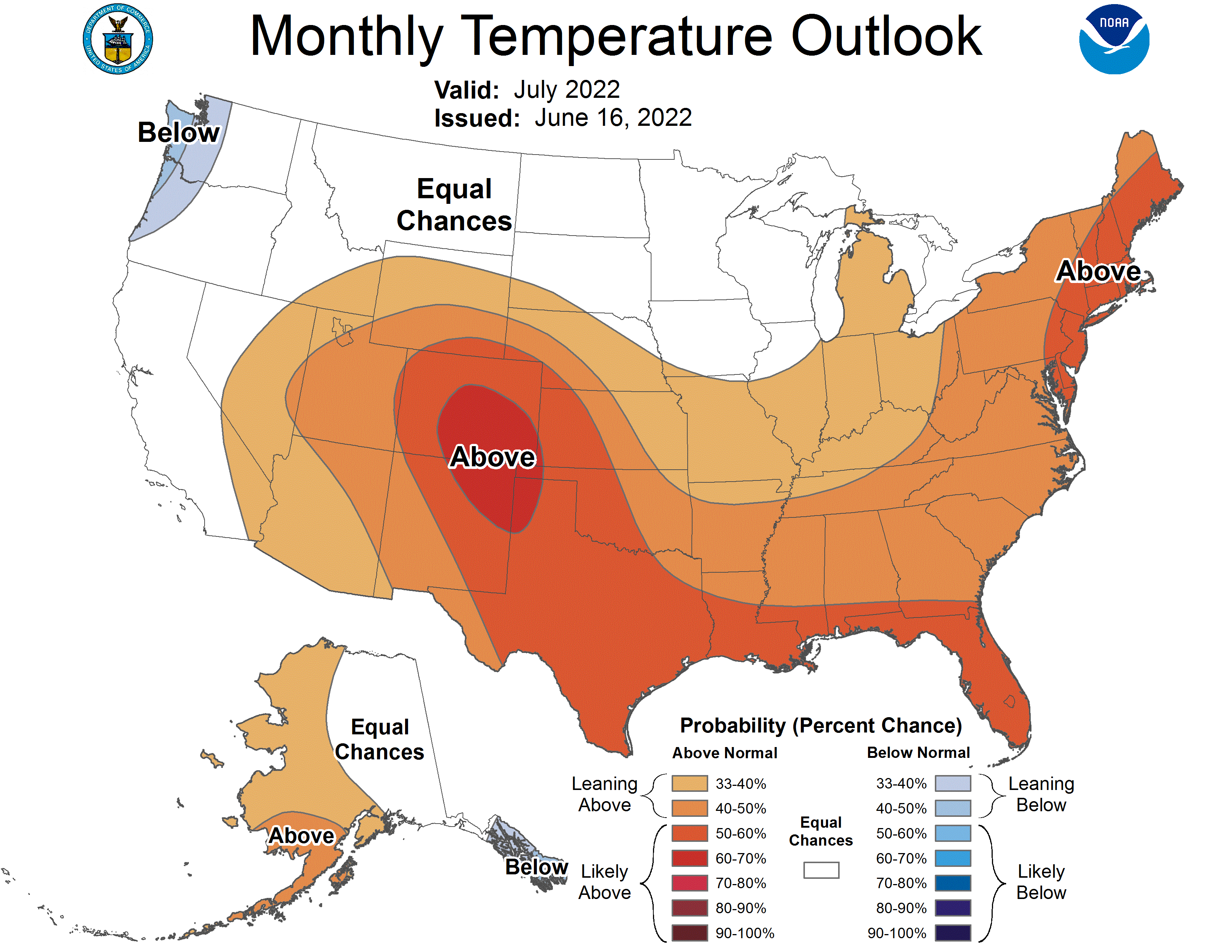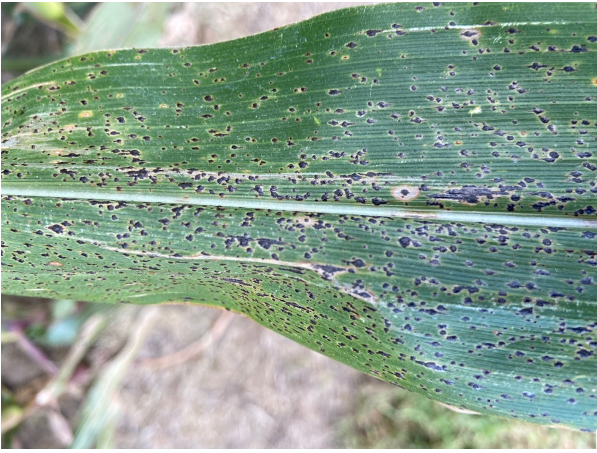
Pheromone trapping began for western bean cutworm moths this past week.

Pheromone trapping began for western bean cutworm moths this past week.

Max air temperatures for central and southern Indiana averaged 89- and 90-degrees F, respectively for the week of June 12th, 2022 which measured 10% above the 30-year average. In addition, air temperatures of 96-degrees F and above were observed during the week and record max air temperatures for this point in the season were observed in multiple locations across Indiana. Unfortunately, similar high temperatures are expected for the week of June 20th, combined with minimal chances for precipitation. Therefore, as high temperatures continue to persist and soils begin to dry out, this begs the question of what will happen to the corn crop? And, should I be concerned? The good news is that corn originated from a tropical grass and has been observed to withstand temperatures upwards of 112-degrees F for short periods, with plant growth typically decreasing when temperatures exceed 95-degrees F (Thomison, 2016). Therefore, temperatures in the[Read More…]

The climate outlooks are showing strong confidence that these hot temperatures will continue for a while.
Armyworm Pheromone Trap Report – 2022

In pastoral agricultural days, and on some farms around the state today, cattle, pigs, turkeys, and chickens roamed the countryside, held in relative place using fencing or a centralized food source.

Due to its relatively recent U.S. discovery and its ability to cause significant production and economic losses, tar spot is often a topic of angst and anxiety amongst corn farmers and agronomists in Indiana.

Excessive drying of the upper soil profile is conducive for the development of what some of us affectionately call the “rootless corn” or “floppy corn” syndrome.
Armyworm Pheromone Trap Report – 2022

Rain continues to be spotty across Indiana with some areas getting the lion’s share while others are barely seeing a drop. When considering a recent 7-day period (June 1-7, 2022; Figure 1), central Indiana seemed to have missed out on most of the rain. This translated to central Indiana receiving around 5%-25% of what it normally received during that same period from 1991-2020 (Figure 2). However, if one considers the recent 30-day period (May 9 – June 7, 2022), the whole northern half of Indiana appears to have only received 25%-75% of what has normally fallen (Figure 3). The period of consideration when looking at recent climate is important, and no time frame is necessarily superior to another. It all depends upon the application. For example, being on the dry side over a 7-day period in May could be preferable for agriculture so planting can happen with fewer muddier fields. [Read More…]
Armyworm Pheromone Trap Report – 2022
© 2024 Purdue University | An equal access/equal opportunity university | Copyright Complaints | Maintained by Pest&Crop newsletter
If you have trouble accessing this page because of a disability, please contact Pest&Crop newsletter at luck@purdue.edu.